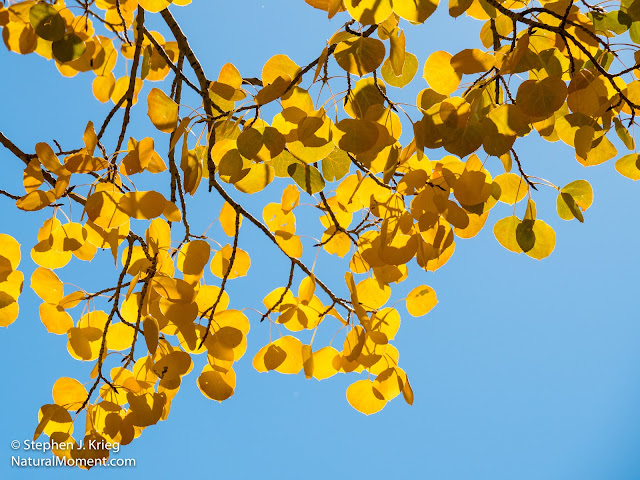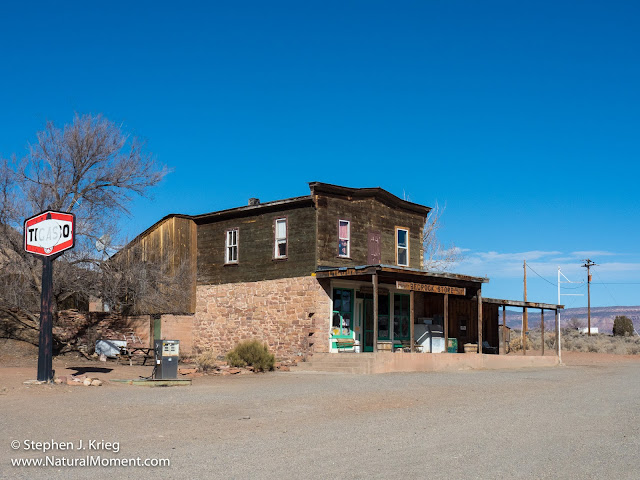 |
| Cliff Canyon on a March morning. |
The middle of March of a mild winter and I was searching for the very first signs of spring at 7,000 feet in Mesa Verde National Park.
A recent weak storm system had left the air clear and crisp in the morning sunlight. I began with a morning drive around the Mesa Top Loop road as well as the newly reopened for the season Cliff Palace Loop road.
 |
| Cliff Palace, the crown jewel of Mesa Verde National Park. |
I stopped to make a panorama of Cliff Palace in soft morning shade. Then another for views of Cliff Canyon and the House Of Many Windows Ruin.
 |
| House Of Many Windows, Cliff Canyon. They are actually doorways, not windows. |
Returning in late afternoon I made another panorama of Square Tower House, my favorite in the park.
 |
| Square Tower House site on a March afternoon. |
And I once again tried to imagine how the ancient ones could build a four story tower by hand out of sandstone "bricks" and mud mortar. No iron tools yet, only stone tools. No beasts of burden. Only humans. Amazing.
 |
| Square Tower House site, featuring the tallest structure in the park. |
Back on the Cliff Palace road, I bypassed the Balcony House parking lot, looking at the few tourists that had stopped to see it. Surprise: you can't. Not from there. Because it's in the alcove underneath you. The Ranger led tours down to it hadn't started for the season.
 |
| Hemenway House, from across the canyon. |
But I did stop at the overlook for Hemenway House, which you're not allowed to tour at all. Same as with most of the park. Too many sites, too rugged.
It would take massive road construction to reach even a fraction more than you can now. Instead, you get to see the most impressive sites, and the rest are protected for research.
 |
| Balcony House from the Soda Canyon overlook. |
But I wanted some more shots of Balcony House. So I hiked the easy Soda Canyon Overlook Trail to the viewpoint across the head of the canyon.
 |
| Balcony House, with a long lens. |
On the hike back I photographed the only emerging greenery I could find: bunch grasses and Bitterbrush (
Purshia tridentata).
 |
| New spring growth, bunch grass. |
 |
| Emerging leaves of Bitterbrush, Purshia tridentata (meaning three lobed, you can see some already). |
I was also interested in how the cacti had fared during the winter. Their somewhat leathery and waxy "skin" preserves moisture but by now they were looking quite wrinkled, waiting to revive themselves.
 |
| Wrinkled pads of Prickly Pear Cactus at the end of winter. |
And the Banana Yucca (Yucca spp.), which weren't wrinkled but were looking a bit yellow compared to how they will soon look again with the revival of springtime.
 |
| End of winter coloration in Banana Yucca. |
See more of my photography at my website:
www.NaturalMoment.com.
Photo location: Mesa Verde National Park, Colorado.
© Copyright 2018 Stephen J. Krieg


















































